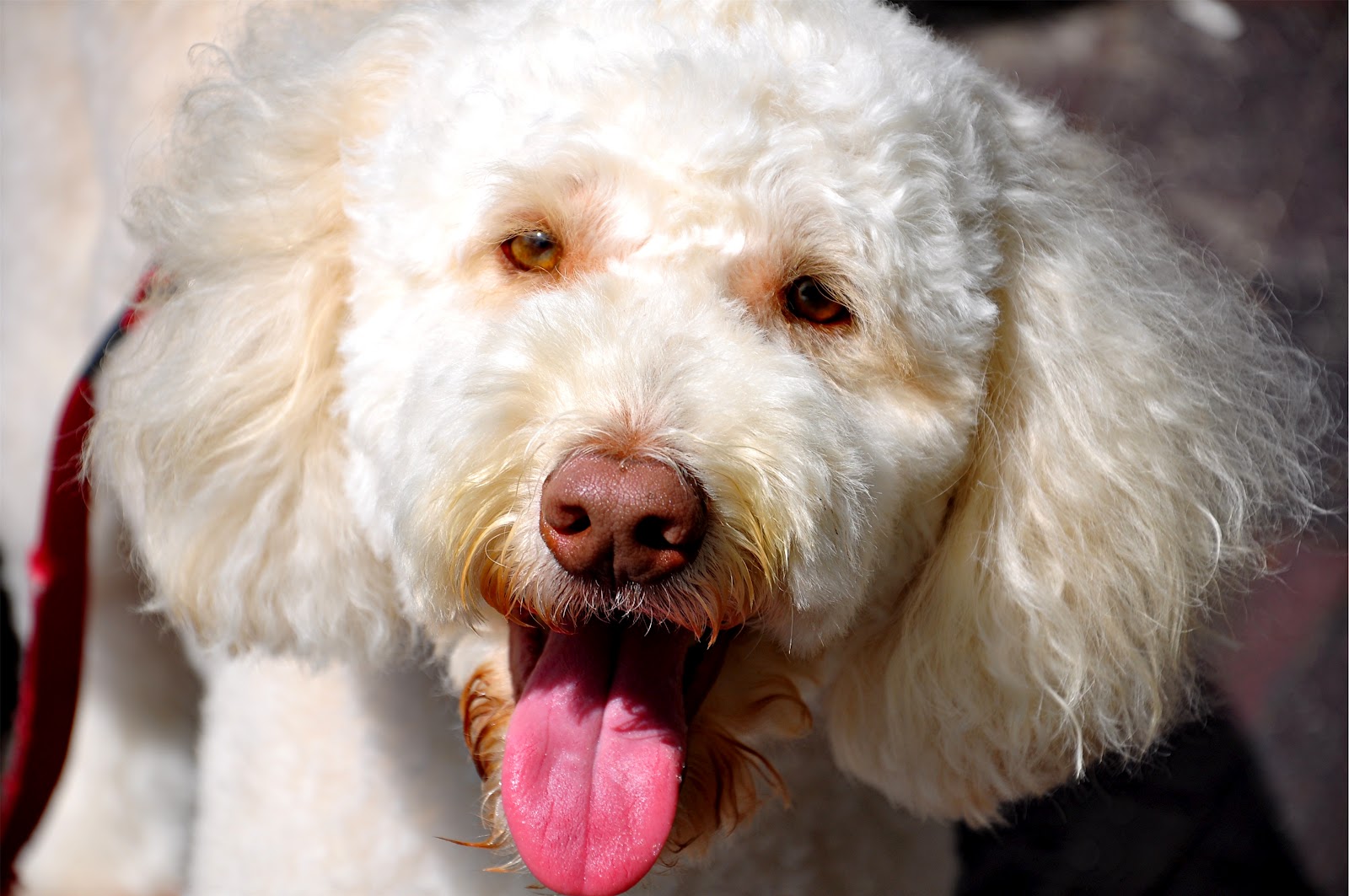Science Diet Dog Food
If You Don't Want Your Dog To Dies From Dog Food, You Need To See This!
Discover Truth About Commercial Dog Food Revealed! To Make Sure You Never Find Out!


How effective is really a canines nose, really, and just how does it work? You may wonder why dogs in particular are used to sniff for drugs in the airport terminal and misplaced kids within the forest. Could they be really so good at sniffing out their focus on? In a nutshell, indeed. Whenever you walk through the road, you see the globe through your eyes: you see and assess individuals who walk by, evaluate and see welcoming parties and/or threatening situations, and move around yourself according to what you see. Such as your eye, a dogs nasal area reveals an enormous amount of info that we, as individuals, aren't privy to. Although it is a different world than from what we humans observe, it's every much as complex and nuanced as our very own. Why can dogs scent with more variation than people? Each people and dogs contain small organs called turbinates, a tiny, scroll-formed dish made out of bone, in their noses. It is this thick and cloth or sponge-like membrane that deals with our sense of smell, allowing atmosphere to pass regarding this and detecting scents to transport that information to the mind. Inside a human, a postage seal of approval could match within the section of our turbinates, which all stated and done is about one sq . inch. However, the unfolded and flattened section of a canines turbinates can be as huge as 60 square in .! Just how powerful does which make a canines nasal area, exactly? Nicely, apart from being incredibly cute (a dog can wiggle each nostril individually), a dogs nasal area simply leaves a person's nose within the dirt. Of course, all dogs aren't made the same. Bloodhounds, for instance, are also known as noses with dogs attached to them! While they are caring and dependable companions, bloodhound canines are used for searching and assisting search-and-rescue practices. And well, here's why: While individuals have about 5 million cells devoted to scent, bloodhounds retain as much as 300 million. (The German Shepherd is near behind with 225 million, using the beagle looking at 225 millions cells, and also the Sibel terrier sitting fairly at 147 million.)

Science Diet Dog Food Canines can identify smells between 1,000 to 10,000 occasions more than we are able to. To put it in another way, in the end mere humans scent some thing called vegetable soups, the great canine species discerns every component and the amount of are all used. If you were to put 1 tablespoon of sugar in the amount of water it would take to fill two Olympic-sized pools, a dog would discover.
A dogs nasal area does not just behave as its focal feeling when watching the planet it also can be used to identify it in the same manner that your fingerprints identify you. A dogs nasal area is filled with side rails and cavities that wrap around its nasal openings, making up this type of distinctive and individual design that businesses and crate night clubs even offer to join up the nose prints for identification and location of misplaced and/or stolen canines. To consider your own identification marking of the close friends nasal area, simply clean the moist nasal area lower having a thoroughly clean hand towel till it's dry, speck a bit of meals coloring on a paper hand towel, and gently clean it upon your pets nose. As soon as you have finished that, take a mat of paper, hold it (gently, but firmly) against its nose, and make sure that the document curves around to get along side it from the nose impressions, as well. Keep in mind, though, to never use printer ink, paint, or anything else. Food coloring is non-toxic and may be easily wiped off your small poochs nose. You may have to try several times till your print comes out thoroughly clean, however youll have your canines very own form of a fingerprint to help keep!
Tags : How can I Science Diet Dog Food,Solution Science Diet Dog Food,Cure Science Diet Dog Food,Simple Science Diet Dog Food,How can you Science Diet Dog Food,Recommended Science Diet Dog Food,To get Science Diet Dog Food,To lose Science Diet Dog Food,Scam Science Diet Dog Food,Bonus Science Diet Dog Food